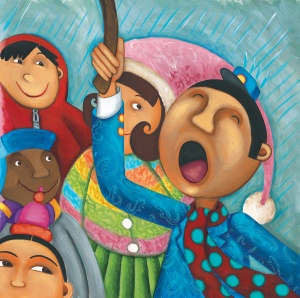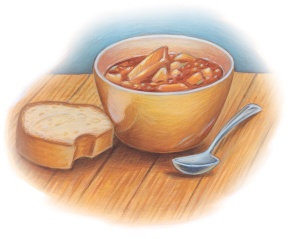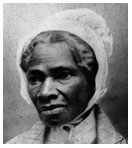![]() Jaclyn DeForge, our Resident Literacy Expert, began her career teaching first and second grade in the South Bronx, and went on to become a literacy coach and earn her Masters of Science in Teaching. In her column she offers teaching and literacy tips for educators.
Jaclyn DeForge, our Resident Literacy Expert, began her career teaching first and second grade in the South Bronx, and went on to become a literacy coach and earn her Masters of Science in Teaching. In her column she offers teaching and literacy tips for educators.
Over the past several weeks, I’ve been modeling how to do a close reading at several different grade levels. Next up: Close Reading in Third Grade using the O level text Baseball Saved Us by Ken Mochizuki and illustrated by Dom Lee.
One way to structure close reading questioning is to use the format laid out by the Institute for Learning of the University of Pittsburgh. Under their framework, students read the text selection four times: first, to get the gist; second, to find significant moments or ideas; third, to interpret the ideas in the text; and finally, to analyze the author’s methods (craft). Here’s an example of how to plan out your questions for close reading of just the first 8 pages of Baseball Saved Us:











